Hello, everyone, my name is Jeff Bennett. I live and work in Vanderhoof, BC. I have been in this community on and off since 1987. I attended high school here from grades 9-12. I have a wide range of hobbies I am quite passionate about; Many that are related to the outdoors. I enjoy being outside and spending time in nature alone and with my friends. Some activities I enjoy are Hiking, Snowshoeing, and Skiing (I am a member of the Canadian Ski Patrol). I enjoy biking, Adventure riding, and overland travel. I also do a tremendous amount of camping and fishing and would consider myself a poor hunter and trapper, mostly due to time constraints. I like to entertain my friends and cook over an open fire for them. I love music and have had outdoor concerts at my home in the past. Being a lifelong learner is also really important for me. I am continuously learning about many different new things I discover in life. Recently, I have been learning about the internment camps during the Second World War and how many different nationalities were held captive for reasons based on fear. I am also learning more about the history of LGBTQ+ rights in the sixties, seventies, and eighties. I really enjoy going to music festivals, meeting new people, seeing and experiencing new cultures, although I haven’t had a chance to travel all that much.
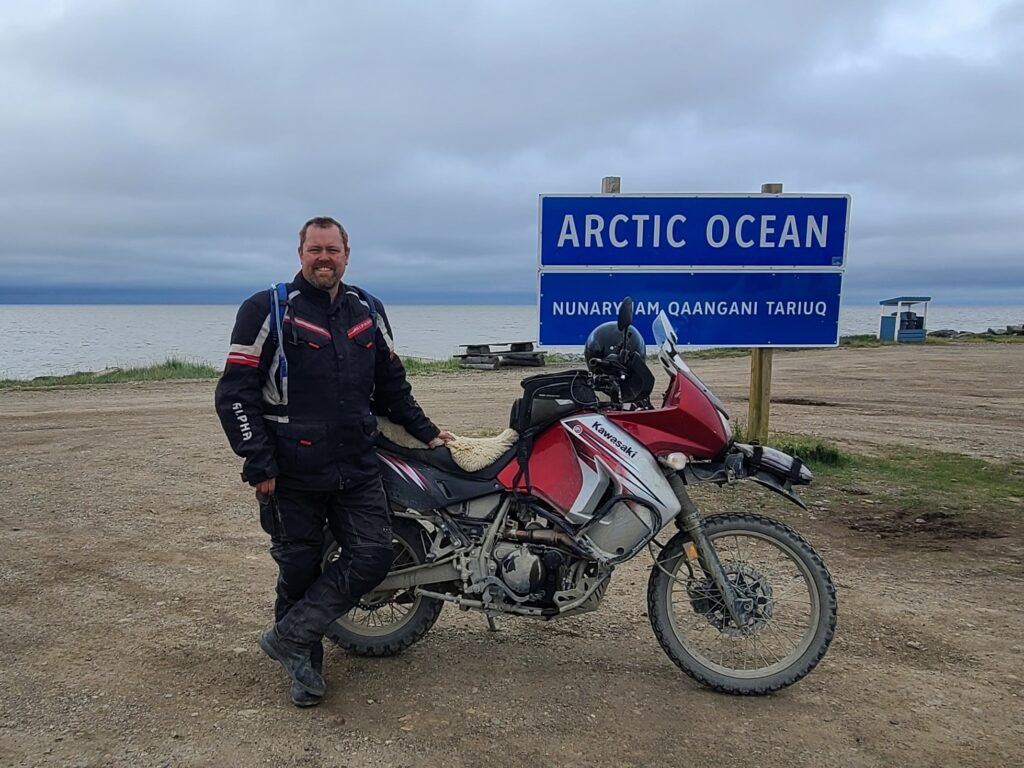
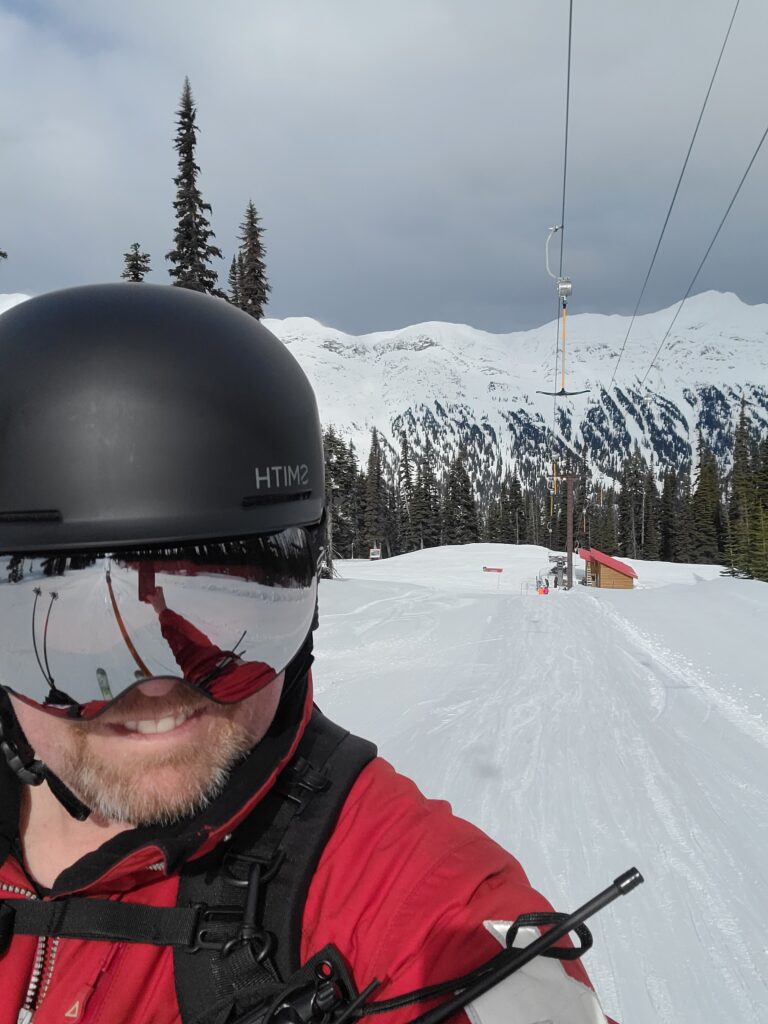
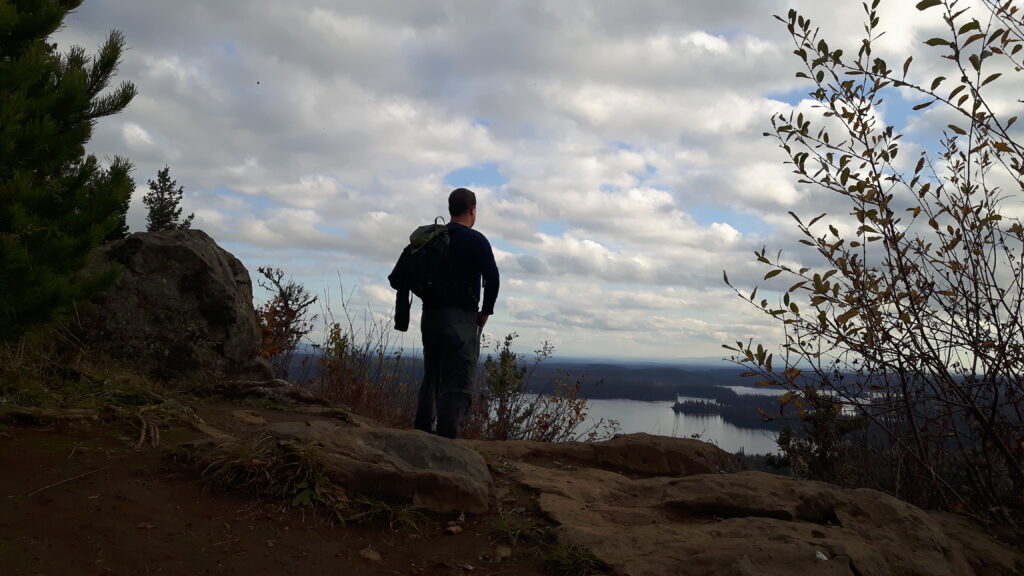
Hobbies: Adventure Motorcycling, Ski Patrol, Hiking
I have been a teacher since 1996. My area of study has been Technology Education. I have worked in Automotive and Metalwork classes up until 2021. I recently changed schools and subject areas, and I am now in my third year of teaching English, History and Social studies at the senior level, online.
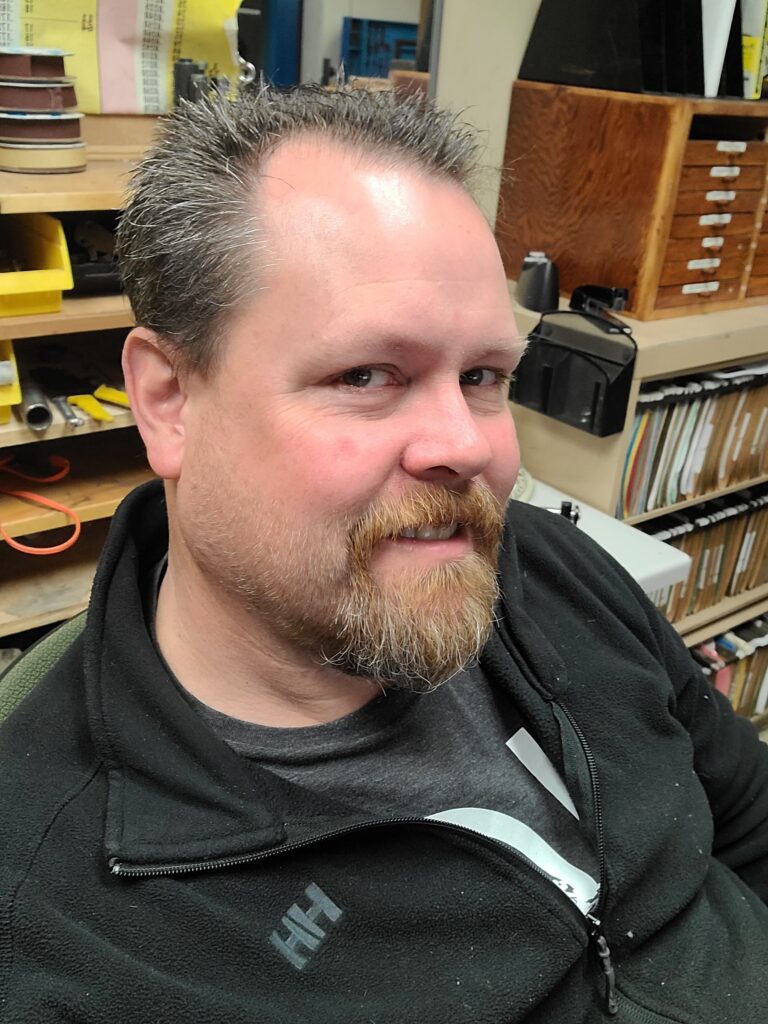
In the shop
My training in postsecondary education includes three years at the College of New Caledonia in Prince George. I went to college right out of high school, still unsure of what direction I wanted to take in my life. I considered being an English teacher but really didn’t know what I wanted to do for a career, so I took University Transfer courses, keeping as many doors open as possible. The University Transfer courses I took included. Geography, Human Geography, Geology, Weather and Climate, Canadian history, Canadian Literature, Children’s Literature, Psychology, Sociology and Criminology.
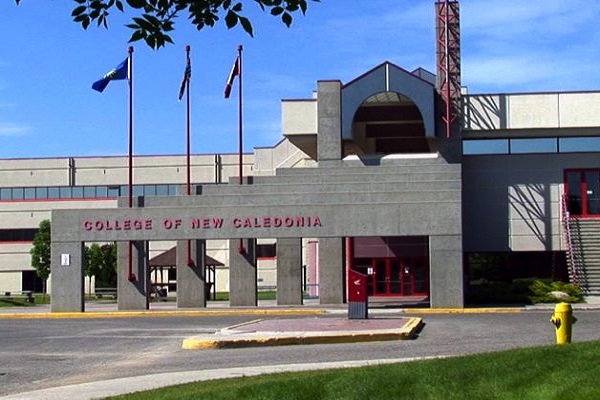
https://www.shiksha.com/studyabroad/canada/universities/college-of-new-caledonia
Until very recently, I had not heard about the term “Learning Design,” so I started looking online for a friendly, informative introduction to the subject. I found this video and thought it to be informative enough to catch someone’s attention. Other videos I previewed were not that engaging. Some key words in this short video are Holistic, alignment, Judgement, Authenticity, Feedback, and future-oriented.
https://youtu.be/QiHeVcghdiA?si=48hCh4C32s44YK8M The 6 Principles of Learning Design.
During my time at CNC, in retrospect, is the time I noticed, not knowing there was a name for it, differences in Learning Design, and how it affected my own learning. I will contrast two of my courses here, Criminology 101 and Weather and Climate 201. Both courses were challenging and had their stressors for different reasons. The Criminology course had some interesting content, but there were no assignments. Students were expected to attend, write notes, read the textbook and regurgitate the content on two exams, a mid-term and a final. There were no assignments and no other assessments. Our entire grade rested on the results of two tests. This created a tremendous amount of stress, and many of us “crammed” for three days beforehand. Not much information on the subject was retained thereafter.

Unsplash, “Photo by Mohamed Hamdi on Unsplash.”
In contrast, the Weather and Climate course did have some lectures, but it also had discussions and labs. The overhead projector had more than just point-form notes to help guide the instructor; it was full of pictures, as was the textbook. We also had labs in which students partnered up and homework that involved measuring precipitation and taking pictures of different types of clouds and weather patterns. We had many interesting assignments to do. It was very busy, but there was little stress during exam time as the tests were worth only a small fraction of our final grade. I believe my strong interest in Weather and Climate is the result of exposure to the subject in an exciting and interesting way. The way the course was designed made a huge impact on my interest in the subject, which I still retain to this day.
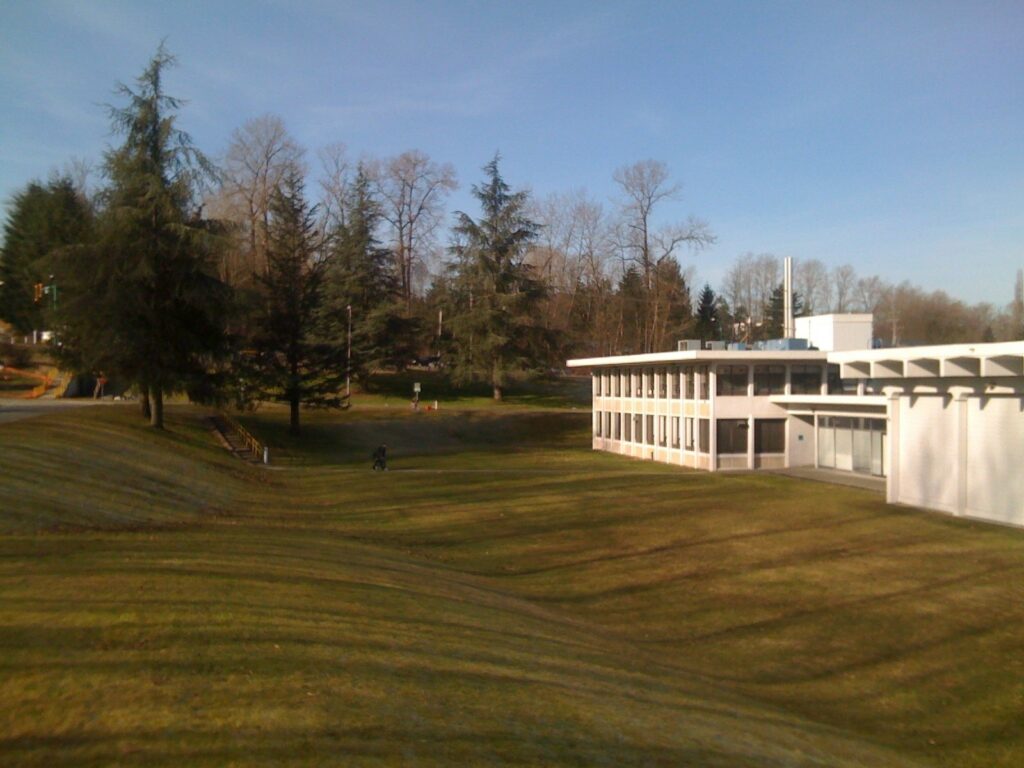
Chisholm, BCIT SW9. The Technology Education Building
After three years at CNC, I attended the Technology Teacher Education program at BCIT. This link shows the shops classrooms I learned in. 😊 Our group did a tremendous amount of work and reading in the Technology Education program at BCIT. It was different than CNC; we worked for 35 hours of school a week, and we had quite a bit of homework as well. It was more work than a full-time job, once I made the adjustment, I flourished in this environment. We were learning some difficult but interesting skills. We learned how to do Measurements with precision measurement instruments such as Micrometres, Vernier Callipers, as well as Depth Gauges, etc.… We also learned about Electronics and Electricity; we learned how to build with and manipulate Plastics, we built projects in Woodwork, as well as Metalwork, fixed and rebuilt various Automotive systems in Mechanics. We also learned about Technical Report Writing and Board Drafting/AutoCAD, as well as a variety of other things. I can remember working in groups, building projects with particular guidelines. An example of this, was a group of four needed to design and build a desk that could be mass produced and could be packed in such a way that it could be easily shipped as a flat pack. The rest of the design requirements were up to us. He had to build 4 desks and the jigs to mass-produce them. The Learning Design of the courses often included teamwork like this.
Of all the courses I have taken in my 6.5 years of post-secondary education, most of the courses at BCIT and the way they were designed, stand out the most in my brain. In retrospect, I believe it’s the design through a largely hands-on approach these courses provided, that helped me retain more knowledge. This is similar to the “Video Most Likely To Succeed” we watched earlier in this course. The school HighTech High, used an approach that is similar to the approach the teacher education program at BCIT used. It was largely hands-on teamwork; many of the subjects overlapped when we built final projects. We also had exhibitions to showcase our projects to the rest of our cohort and the instructors. This vigorous program was designed with smaller cohorts, overlapping classes (often, students were running between classes, building things) and group projects, which drew all of us together into a tight-knit community. It has left a lasting impression on me. This was occurring in 1994-95.
Once we finished the two-year program at BCIT, we had a diploma in technology and teacher education. Our group moved automatically to UBC for a year and a half for the teaching component. After BCIT, we found it quite easy to be successful at UBC. The amount of time we spent in class was much less. We were well trained to write reports, and we felt we were extremely prepared for the assignments that were given to us.
My experience with using learning design in my classes is just beginning. I have dabbled in Backward design during collaboration time at my school. I have also taken a workshop online last year, learning about Peter Liljedahl’s Building Thinking Classrooms, online. He is a fascinating man.
I am looking forward to learning more about Learning Design and building effective lessons that are memorable and engaging.
Leave a Reply